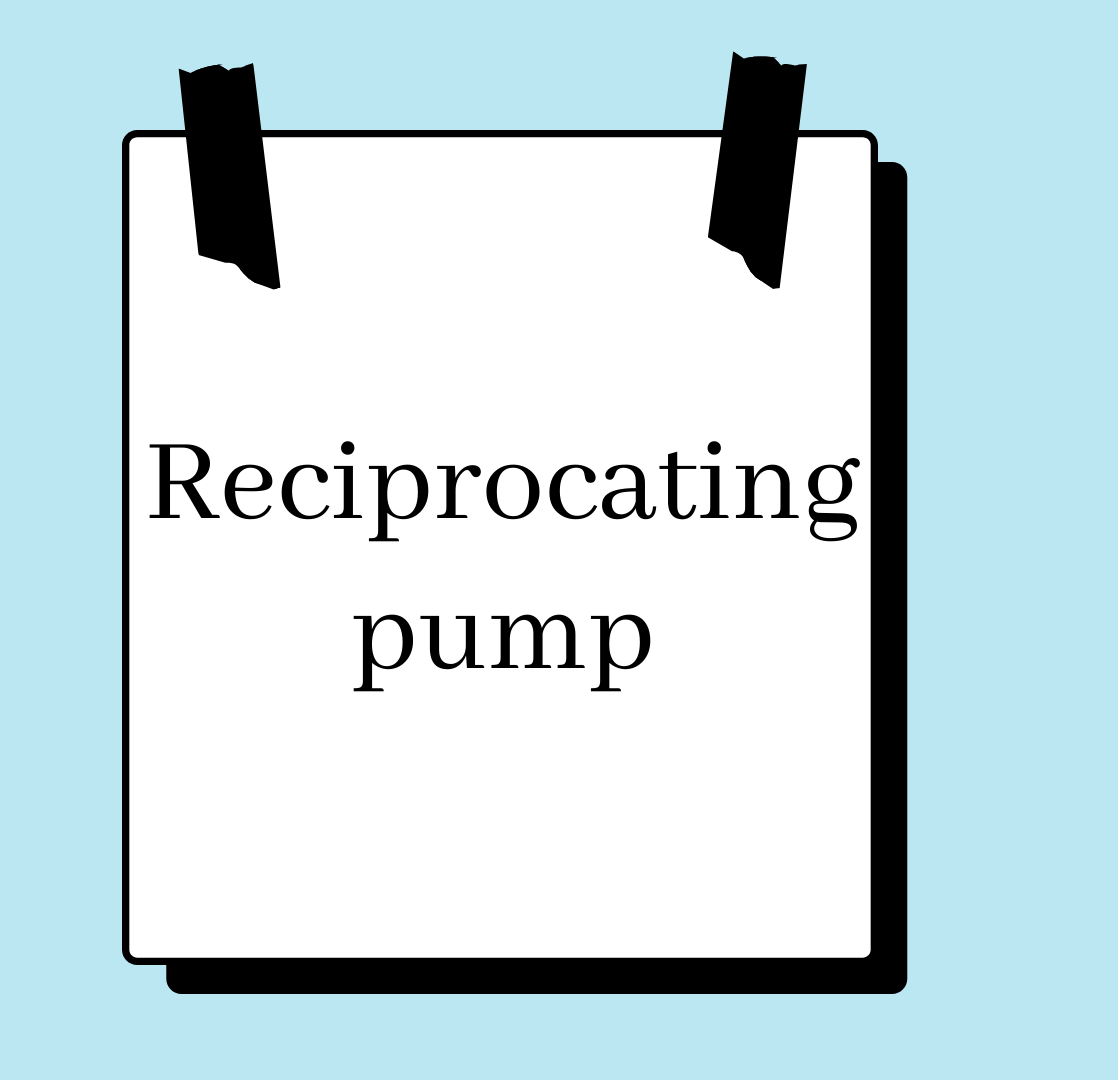Leading maritime community ! [email protected]

It is commonly used in Bilge Pumps on ships because it does not create a “churning” effect else it is difficult to separate the oil and water in OWS.
Table of Contents
ToggleNote:- The rate of discharge is low but the pressure is high because it is a positive displacement pump, so a relief valve is required on the discharge side
The accumulator is fitted on the discharge side to avoid pulsation so that continuous flow is there.
As the discharge pressure rises, the air is compressed in the accumulator and as the pressure falls, the air expands. The peak pressure energy is thus stored in the air and returned to the system when pressure falls.
3. Reciprocating pump overload